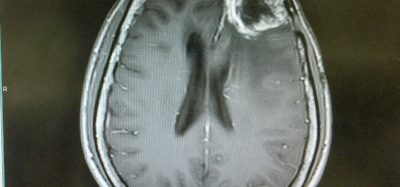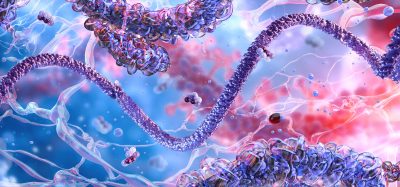New imaging technique tracks obesity drug tirzepatide in cells
Posted: 26 August 2025 | Drug Target Review | No comments yet
Scientists have developed fluorescent probes that reveal how dual agonist drugs like tirzepatide target cells in the pancreas and brain, offering new insights into diabetes and obesity treatments.


An international research team has developed a new imaging approach to track how popular dual agonist drugs – such as tirzepatide – interact with cells in the pancreas and brain. Published in Nature Metabolism, the findings could support the development of more effective treatments for diabetes and obesity.
Fluorescent probes illuminate drug pathways
The researchers created fluorescently tagged versions of dual-acting molecules that mimic the effects of tirzepatide – a drug that activates hormone receptors GLP-1R and GIPR to control blood sugar and appetite. These new chemical tools – called daLUXendins – allow researchers to visualise how these drugs move through the body and bind to specific cell types.
Mapping metabolic drug targets
Tirzepatide – often marketed as Mounjaro or Zepbound – belongs to a new generation of therapies known as dual agonists – which stimulate both the glucagon-like peptide-1 receptor (GLP-1R) and the glucose-dependent insulinotropic polypeptide receptor (GIPR). These receptors are found in the pancreas and the brain, where they influence appetite.
Biomarkers aren’t just supporting drug discovery – they’re driving it
FREE market report
From smarter trials to faster insights, this report unpacks the science, strategy and real-world impact behind the next generation of precision therapies.
What you’ll unlock:
- How biomarkers are guiding dose selection and early efficacy decisions in complex trials
- Why multi-omics, liquid biopsy and digital tools are redefining the discovery process
- What makes lab data regulatory-ready and why alignment matters from day one
Explore how biomarkers are shaping early drug development
Access the full report – it’s free!
By using our new dual fluorescent probes, we can now track the receptors simultaneously in live tissues and identify which cells respond to treatment
Until now, the exact cellular targets of dual agonist drugs were unclear. Antibodies used for receptor detection can be unreliable or unavailable – limiting researchers’ ability to trace drug pathways in tissue.
“By using our new dual fluorescent probes, we can now track the receptors simultaneously in live tissues and identify which cells respond to treatment,” said study co-author Professor David Hodson from the Radcliffe Department of Medicine at the University of Oxford. “This provides a powerful tool for understanding how dual agonists achieve their metabolic effects.”
Seeing how drugs act on the brain
“We are particularly interested in the dynamics of the peptides,” said study lead Dr Johannes Broichhagen (Leibniz-FMP). Using daLUXendins and super-resolution microscopy, the researchers discovered that these fluorescent probes bind strongly to beta, alpha and delta cells in the pancreas offering insight into the range of metabolic effects triggered by tirzepatide.
In the brain, the researchers were able to visualise the drug reaching regions involved in appetite regulation, including specialist cells known as tanycytes that monitor nutrient signals and relay messages to appetite-control regions.
Towards next-generation treatments
The study also found that the receptors form tiny clusters or ‘nanodomains’ in the pancreas – which may help explain how dual agonists amplify signals.
While the research relied on mouse models and fluorescent surrogates of tirzepatide, the researchers believe the approach can be adapted to human studies and expanded to include other targets – like new triple agonists that also act on glucagon receptors.
The study provides important insights into why dual agonists are so successful. At the same time, it raises two new questions: What would happen if the drugs’ access to the brain were improved? And how do new triple agonists with additional glucagon content work?
“The next step will be to see how these results differ from triple agonists, which are more effective again,” said Hodson.
Related topics
Drug Discovery Processes, Drug Targets, Imaging, Neurosciences, Obesity, Translational Science
Related organisations
Oxford University








